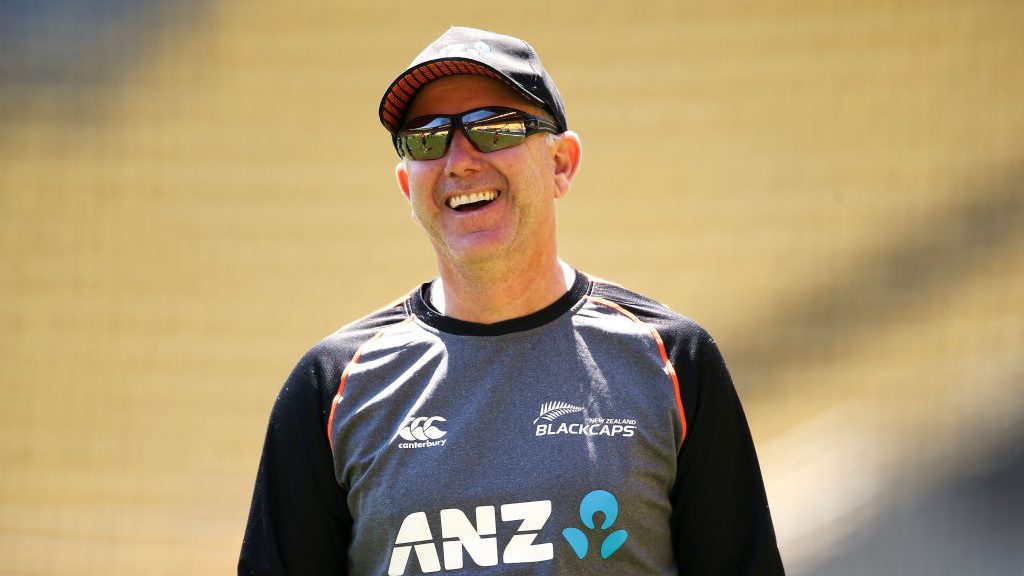NZ head coach Gary Stead questions ICC for not allowing Adam Milne to play against Pakistan

New Zealand suffered a five-wicket defeat against Pakistan in their first match in T20 World Cup 2021. Defending 134 at the Sharjah Cricket Stadium, the Kiwis looked in the hunt for the best part. However, a quick-fire cameo from Asif Ali took the Men in Green over the line. Following the defeat, New Zealand head coach Gary Stead revealed that the Kiwis couldn’t field their first-choice playing XI as the International Cricket Council (ICC) didn’t allow speedster Adam Milne to play.
Milne, who was among the reserve players, was added to the 15-man squad as pacer Lockie Ferguson got ruled out of the tournament due to a calf tear. Stead said the New Zealand management tried their best to get approval for Milne as he would have been a like-for-like replacement for fast bowler Ferguson. However, just 90 minutes before the clash, they were informed that ICC’s technical committee has denied their request.
ICC not allowing Adam Milne to play was really disappointing for us: Gary Stead
“We tried pretty hard to get across the line with the ICC our replacement player, but it wasn’t to be. That was really disappointing for us because Adam Milne is someone waiting in the wings as a like-for-like replacement,” Stead said after the match.
The head coach also revealed that the team management had to tinker with the playing XI as many as three times due to this hassle. He also revealed leg-spinner Ish Sodhi wasn’t supposed to feature in the game initially. However, he eventually took to the field as Milne wasn’t declared eligible to play.
“You always plan to have the changes like this, the most unsettling thing for us is we probably changed the team three times today on that decision. Originally we thought we’d got the clearance for Adam to play, but then it’s been turned down. So we were questioning it with the ICC as much as an hour and a half out from the game and arriving there,” asserted Stead.
“We weren’t going to play Ish Sodhi – we felt that pitch was one that would suit the seamers a lot more and the up-and-down nature of the pitch and the work we’d done around scouting and what the data was telling us was that it pointed towards seam bowlers and pace bowlers being more effective,” he added.
